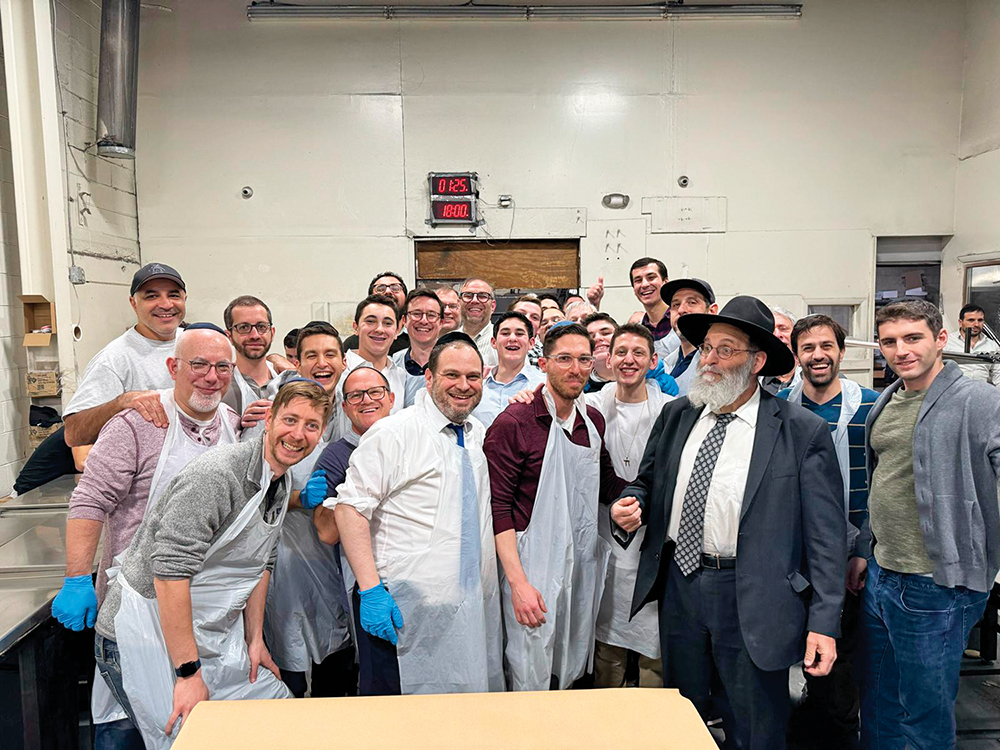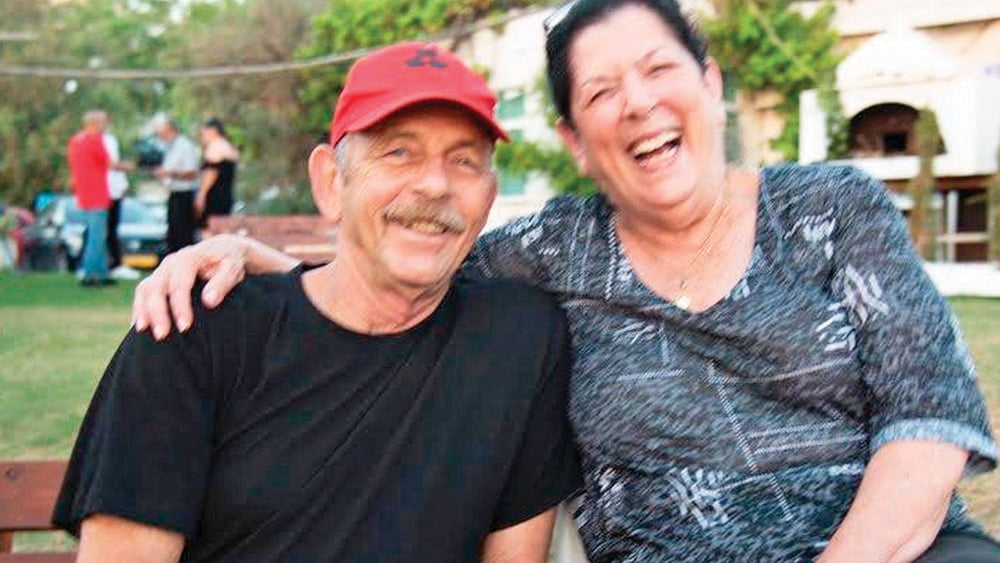This article is the first in a series on eating disorders; how to recognize them in friends and family members and how to reach out to those suffering from the disease. Visit her website http://tvcsupport.org/ for more information.
An expression of vanity. A celebrity trend. The rich girl’s disease. A cry for attention. Exclusive to women. These are among the many misconceptions surrounding eating disorders. When people think of eating disorder patients, images of emaciated girls who don an eating disorder, much like a new hairstyle, come to mind.
But eating disorders are psychological coping mechanisms. When an individual is faced with difficulty in life, she (or he) can cope in a number of ways. S/he can take the healthy approach –by turning to family and friends, channeling feelings into art, music…or turn to unhealthy behaviors that lead to dangerous eating disorders. If left untreated, they can be fatal—patients can starve themselves to death before their family’s very eyes, or eat themselves into diabetes and a heart attack.
An eating disorder strikes when an individual faces a difficulty such as loss, an overwhelming change, or stress from social situations, like starting a new high school or college. There are many faces and types of eating disorders and most of us are unaware of the symptoms and signs in our own family members and friends. Yet once a person reaches a certain point in practicing bad eating habits , there is no turning back. An individual suffering from an obessesive eating disorder cannot simply “snap out of it.”
It’s not just a matter of controlling what goes into a person’s mouth, and what happens after a person eats. Eating disorders are a serious psychological illness—they cannot simply disappear. They emerge when the individual feels alone and acts as a comfort and companion. It dominates the patients’ thoughts and affects other aspects of their lives.
For instance, if a young woman feels overwhelmed by school or a social situation she may eat less as a means of gaining some control in her life. However, this can easily spiral out of control. She can become obsessive, fall deeper into the pattern of restriction, and then it becomes her way of life—a life with an eating disorder that leads to starvation and death. A person who chooses compulsive eating as a comfort mechanism may take a longer path to danger—and high blood sugar, cholesterol damage, heart disease and other complications.
How can one know if a loved one is truly suffering? There are some red flags for which one should be on the look-out:
The individual suffering from an eating disorder will experience a change in mood and eating patterns or behaviors—whatever they may be. When food intake is used a coping mechanism, the stress that caused it will most likely result in a prolonged change in disposition. This personality change, paired with the new eating habits, acts as a red flag—but NOT a diagnosis. It means that a concerned parent or teacher, friend or family member should keep an eye on the individual, and approach the subject by having a conversation with the individual about the recent changes in mood, well being and overall happiness—NOT their eating habits.
These personality changes may be accompanied by secretive and obsessive behaviors surrounding food. For instance, the individual may begin to develop some rituals, such as obsessively cutting up food, or monitoring “food groups” intake and then sneaking to a place where they can force themselves to vomit. If the behaviors persist, it may be time to make an appointment with a doctor or psychologist to find out what is really going on.
Again, each person is different and a red flag is not a diagnosis, it is something to be aware of. There is such a thing as a healthy diet and not everyone who experiences a change in mood and behavior surrounding food should be classified as having an eating disorder.
If an eating disorder is diagnosed early, the timeline for recovery will be significantly shortened.
Eating disorder can be intense, painful, and incredibly dangerous. However, it is imperative to understand that with the right therapy, treatment team, support, and involvement of religion, recovery is possible
By Temimah Zucker













